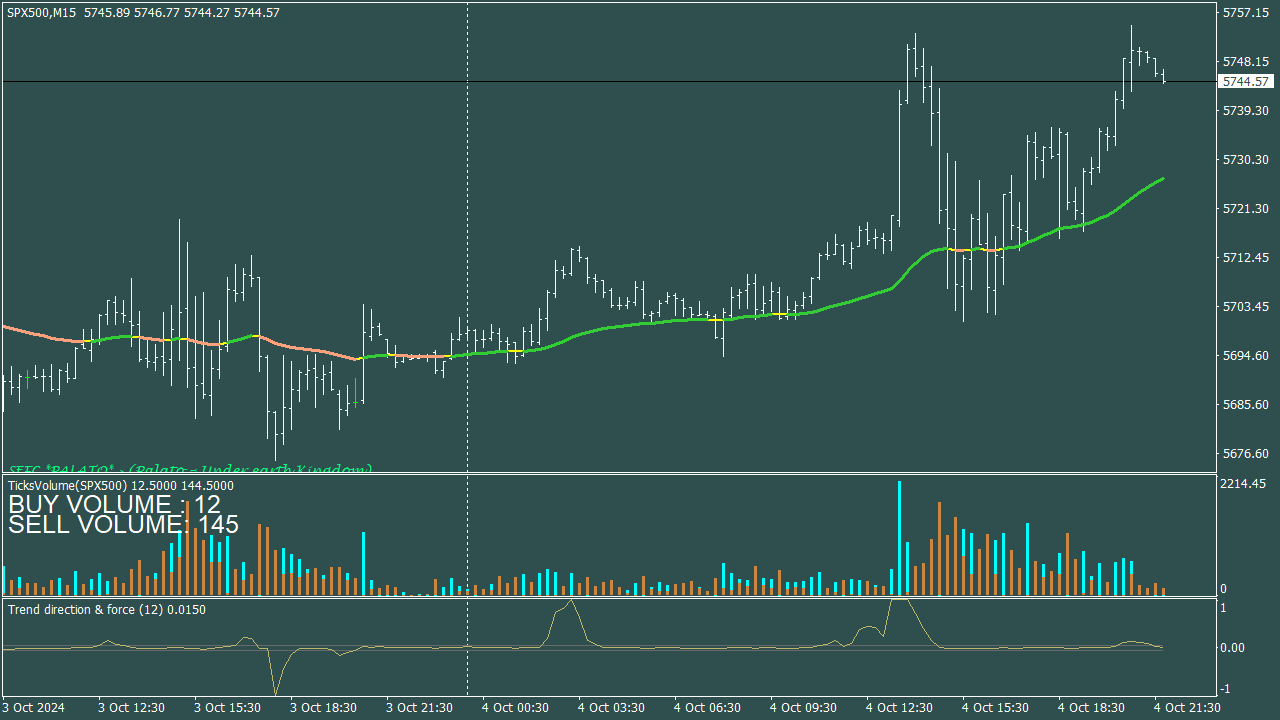Trading System with Balance, Volumes & Strength

↪️ DOWNLOAD IT BELOW ⏬
Trading strategies for MetaTrader 4 (MT4) can range from simple to complex, and they can be based on various technical indicators, chart patterns, or price action. Common strategies include trend following, where traders utilize moving averages to identify market direction; breakout trading, which involves entering trades at key support or resistance levels; and scalping, where traders make numerous small profits from minor price changes. Many traders also use automated trading systems through Expert Advisors (EAs) to execute strategies based on predefined criteria, allowing for quicker and emotion-free trading execution. It's crucial to backtest any strategy before live trading to ensure its viability in changing market conditions.
Here are various well-known trading strategies you can use on MT4:
1. Scalping: This involves making numerous short-term trades to capture small price movements. Traders often use a combination of technical indicators like RSI, Bollinger Bands, and moving averages to identify entry and exit points quickly.
2. Day Trading: Focused on opening and closing positions within the same day, day trading requires active monitoring of the markets. Traders typically rely on intraday charts and news events to make informed decisions.
3. Swing Trading: This strategy involves holding positions for several days to capitalize on expected upward or downward market swings. Swing traders often use daily and weekly charts, employing tools like Fibonacci retracement and trendlines to identify potential price reversals.
4. Position Trading: This long-term strategy involves holding trades for weeks or months, based on fundamental analysis and economic indicators. Position traders rely heavily on market context, historical trends, and broader economic data.
5. Trend Following: Traders using this strategy aim to identify and follow prevailing market trends. Moving averages, trendline breaks, and momentum indicators like the MACD are commonly used to gauge market direction and confirm trades.
6. Range Trading: This strategy focuses on trading within established price ranges, utilizing support and resistance levels. Range traders buy at support and sell at resistance, often employing oscillators like the Stochastic or RSI to identify overbought or oversold conditions.
7. Breakout Trading: Breakout traders look for price movements outside established levels of support or resistance, anticipating that the price will continue in the direction of the breakout. Volume and volatility indicators are often analyzed to confirm the strength of the breakout.
8. News Trading: This strategy involves taking advantage of market volatility resulting from economic news releases. Traders must stay updated on economic calendars and understand how specific news can impact currency pairs.
9. Automated Trading: With MT4’s Expert Advisors (EAs), traders can automate their strategies based on predefined criteria. This allows for continuous trading and the application of complex algorithms without the need for constant human supervision.
10. Risk Management: Regardless of the strategy, effective risk management is crucial. Techniques such as setting stop-loss and take-profit orders, position sizing, and maintaining a good risk-reward ratio can protect capital and enhance profitability.
By selecting the right strategy based on market conditions and personal trading style, traders can optimize their performance in the MT4 platform.